Find Help
More Items From Ergsy search
-
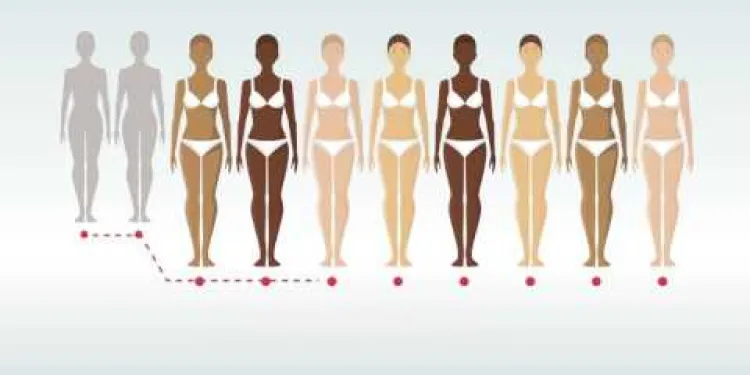
Finding out about Fibroids - information for patients
Relevance: 100%
-
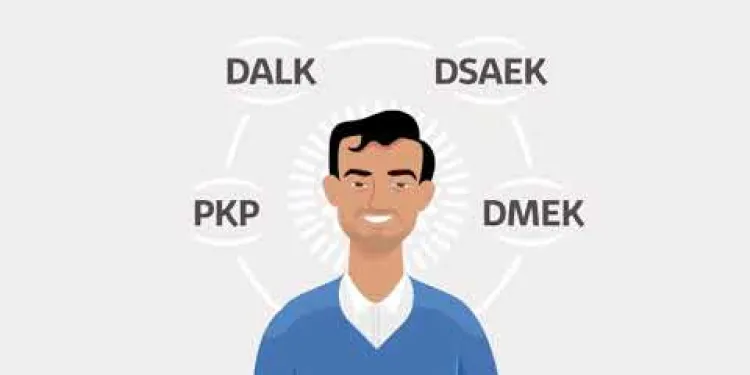
Cornea transplant patient Information
Relevance: 46%
-

Neurophysiology EEG Patient Information
Relevance: 44%
-
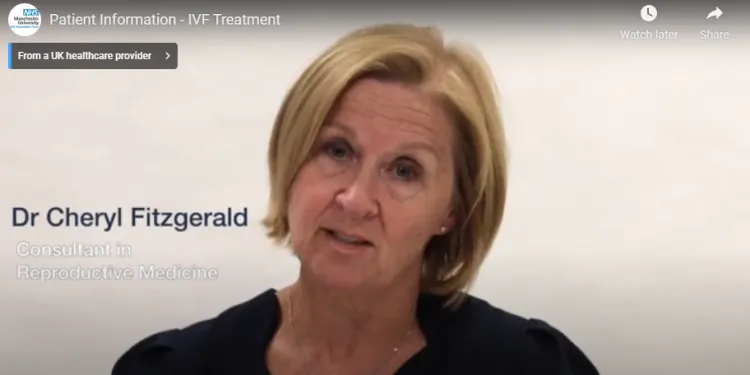
Infertility - IVF Treatment and Patient Information
Relevance: 42%
-

Useful information for patients with lower back pain
Relevance: 39%
-

Useful information for patients with lower back pain
Relevance: 38%
-
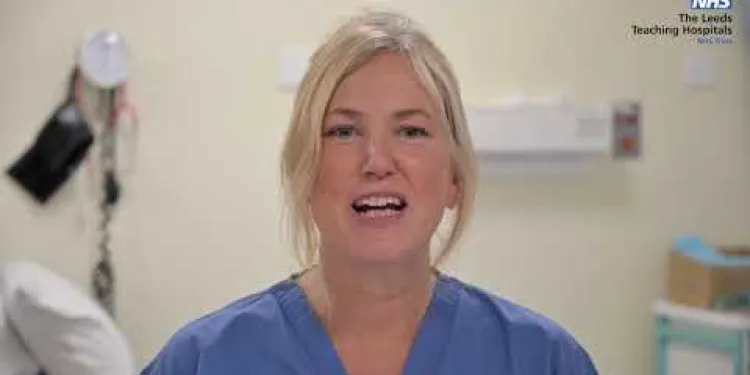
Patient Information Video - Leeds Stress Echocardiography Service
Relevance: 35%
-
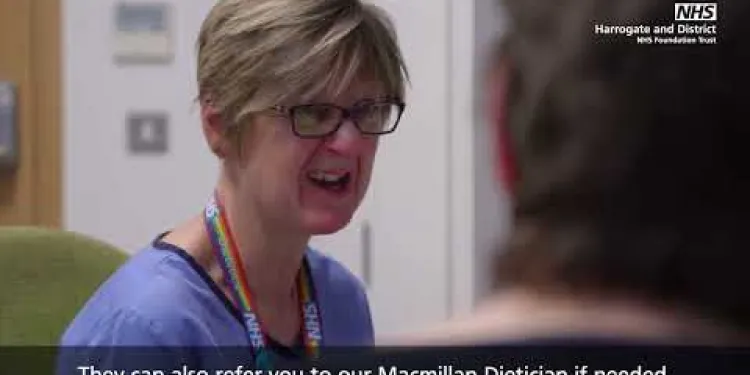
Information for all cancer patients receiving Chemotherapy or Targeted Therapy at HDFT.
Relevance: 34%
-
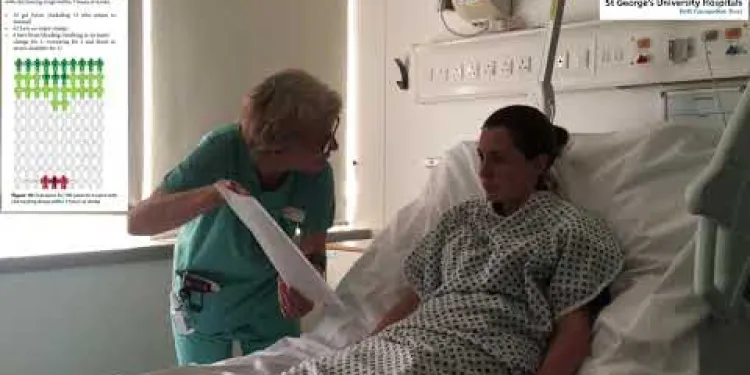
Gaining consent from stroke patients
Relevance: 34%
-
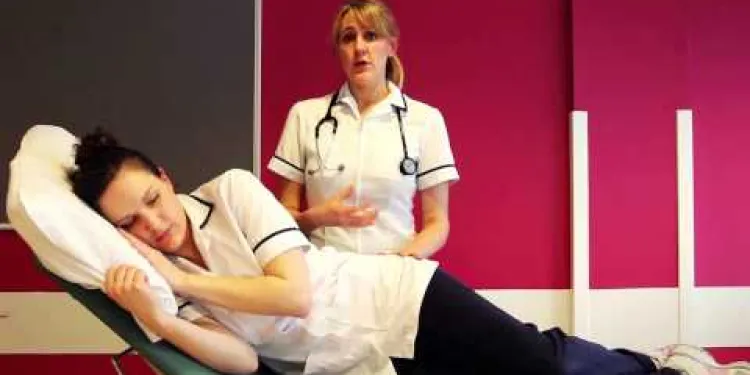
Positioning for Breathless Patient
Relevance: 32%
-
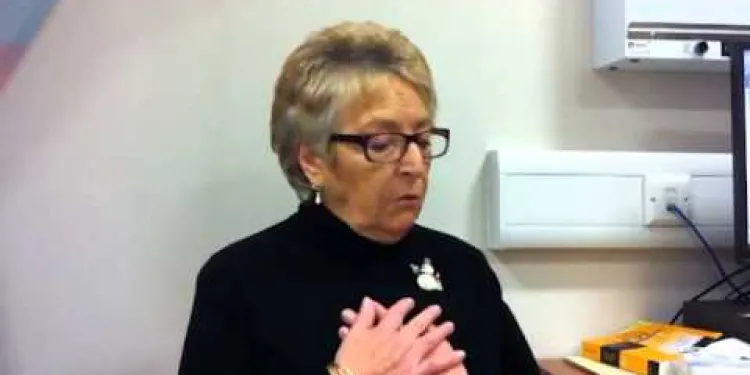
Neuroendocrine tumour patient video
Relevance: 31%
-

NHS Utilizes AI to Prioritize High-Risk Patients on Waiting Lists
Relevance: 29%
-

Assessing the stroke patient
Relevance: 29%
-
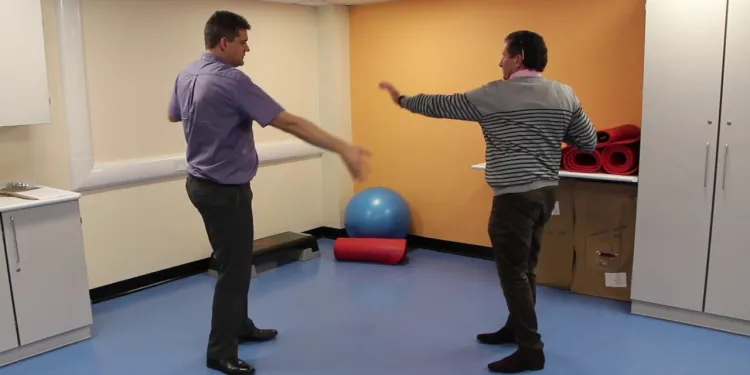
Sean's Story - There is another way. Information for prescribers
Relevance: 28%
-
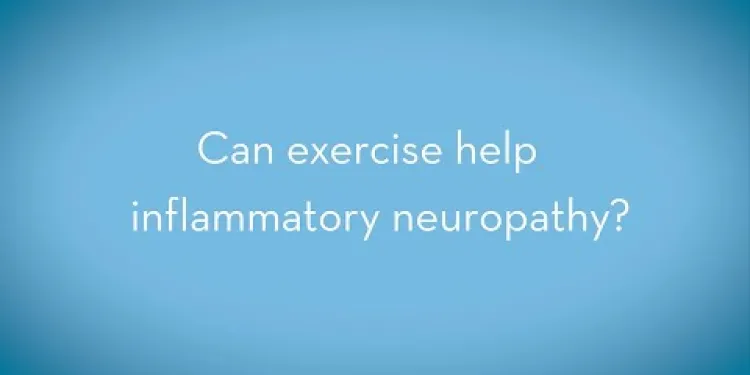
Exercise in patients with a neuropathy
Relevance: 28%
-

Chemotherapy - the patient journey
Relevance: 28%
-

What is self-testing for eye patients?
Relevance: 28%
-

Can Baxdrostat be used in patients with renal impairment?
Relevance: 28%
-
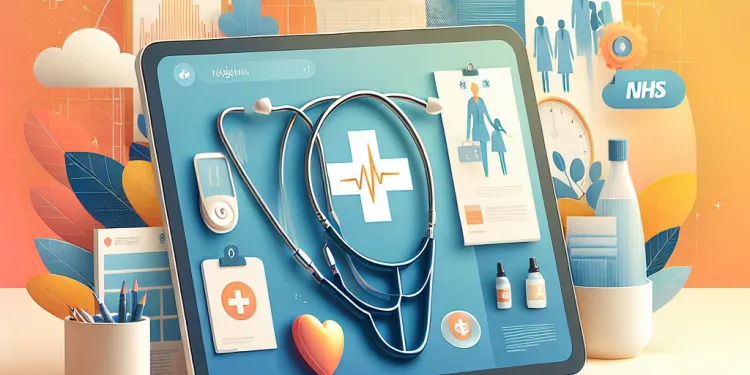
Breakthrough Cancer Treatment Shows Promise for NHS Patients
Relevance: 28%
-
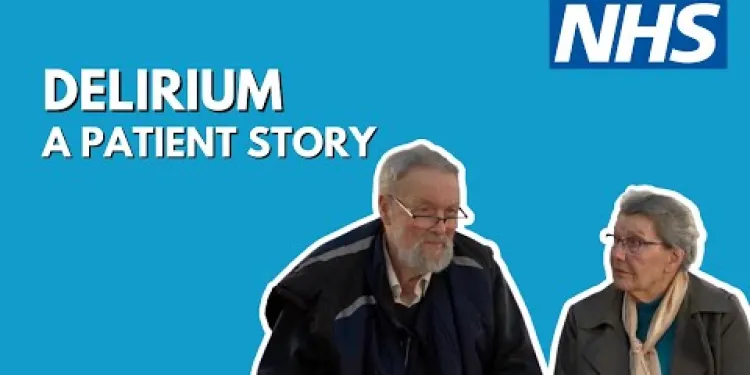
Delirium: A Patient Story at Leicester's Hospitals
Relevance: 27%
-

Fallsafe - Put the patient first. Preventing falls in Hospital.
Relevance: 27%
-

How can primary care support workers contribute to patient care improvement?
Relevance: 26%
-
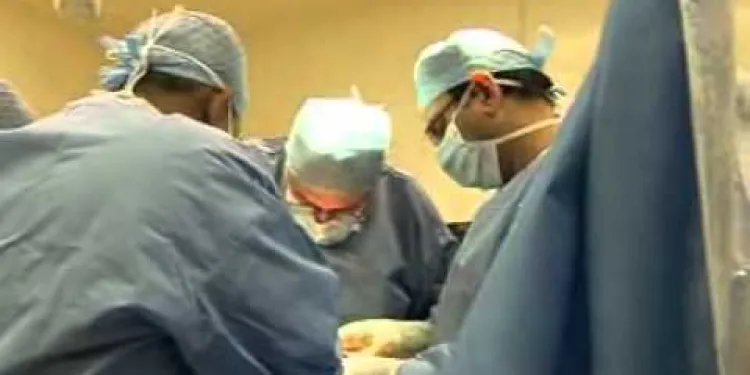
Liver transplant - Patient experience - Part 1 (Colin)
Relevance: 26%
-
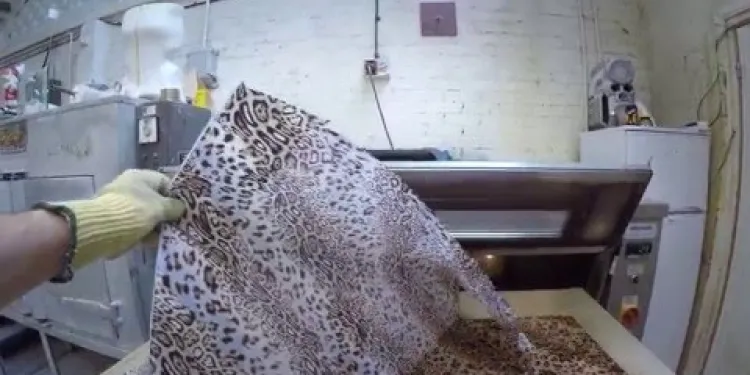
Making a spinal brace for a scoliotic patient at the RNOH
Relevance: 26%
-

Pre chemotherapy Information Video
Relevance: 26%
-
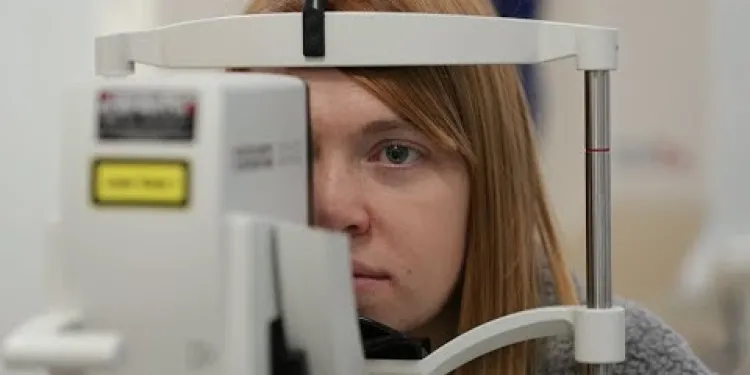
Patient voices in type one diabetes - I would have done things differently.
Relevance: 26%
-

How the Shortage of GPs is Affecting Patient Care Across the UK
Relevance: 25%
-
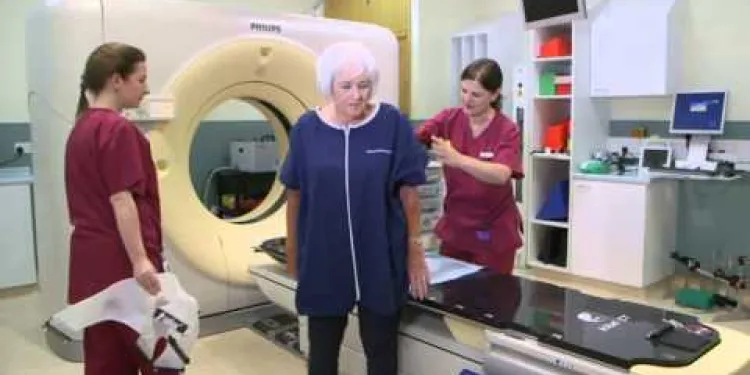
Radiotherapy to the Head and Neck: A Guide for patients and their carers
Relevance: 25%
-
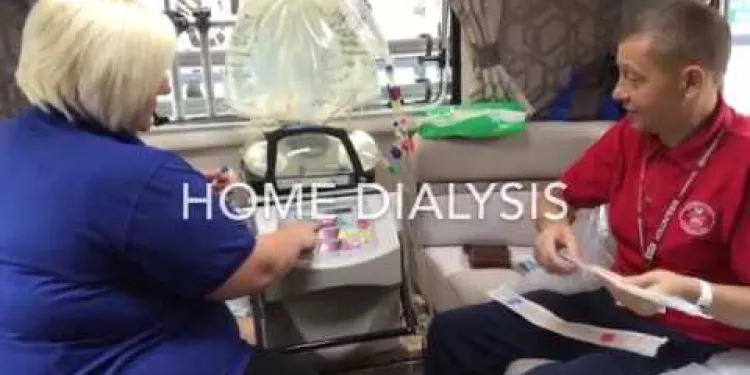
Home dialysis help for kidney patients
Relevance: 25%
-
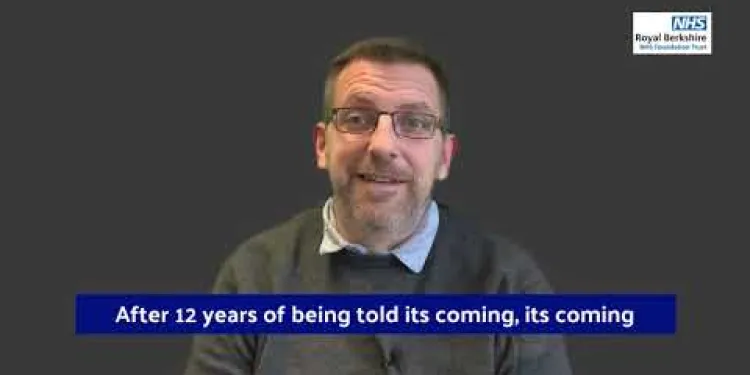
Peritoneal Dialysis - Information Video
Relevance: 25%
-
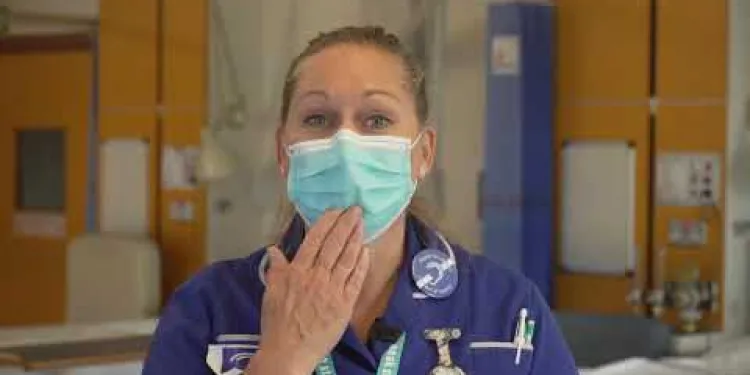
How to help deaf and hearing impaired patients and staff through Covid
Relevance: 24%
-

Mark Lancaster Patient Experience Leeds Endoscopy
Relevance: 24%
-

Breakthrough in Cancer Treatment Offers Hope for Prostate Cancer Patients
Relevance: 24%
-

Hernias and their Treatments - A guide for patients
Relevance: 24%
-

Do I need to inform HMRC about the death?
Relevance: 24%
-

What types of self-tests are available for eye patients?
Relevance: 24%
-

Where can I find more information about Paillon treatment?
Relevance: 24%
-
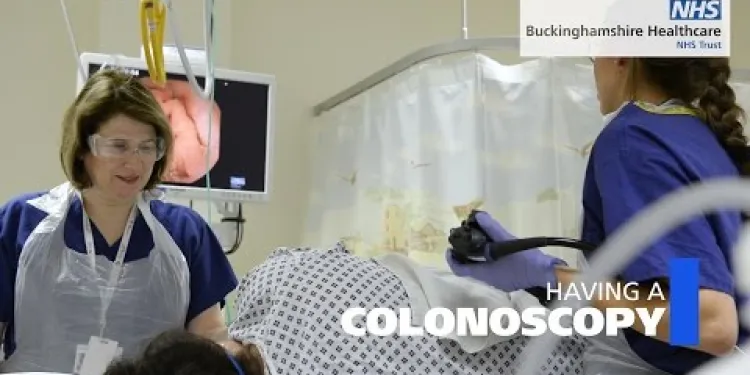
Having a colonoscopy in hospital - Patient Guide
Relevance: 24%
-

What type of information can be exposed in a data breach?
Relevance: 24%
-

Patient Stories - Having a kidney transplant
Relevance: 23%
Finding out about Fibroids: Information for Patients in the United Kingdom
What Are Fibroids?
Fibroids, also known as uterine fibroids or leiomyomas, are non-cancerous growths that develop in or on the uterus. They vary in size, shape, and location, ranging from small, undetectable masses to large formations that can distort the shape of the uterus. While the exact cause of fibroids isn't known, hormonal and genetic factors are believed to play a significant role.Symptoms
Many women with fibroids do not experience any symptoms. However, when symptoms do occur, they can include heavy menstrual bleeding, prolonged periods, pelvic pain, frequent urination, constipation, and pain during intercourse. The severity of symptoms depends on the size, number, and location of the fibroids.Diagnosis
Fibroids are often discovered during a pelvic examination or prenatal ultrasound. In addition to a physical exam, your GP may recommend imaging tests such as an ultrasound or MRI to get a clearer picture of the fibroids' size and location. In some cases, a hysteroscopy or laparoscopy may be performed to provide more information.Treatment Options
Treatment for fibroids depends on the severity of your symptoms, the size and location of the fibroids, and your plans for future pregnancies. Common treatments include: - **Medication:** Drugs like Gonadotropin-releasing hormone (GnRH) agonists can shrink fibroids temporarily and reduce symptoms like heavy bleeding. - **Non-invasive Procedures:** MRI-guided focused ultrasound surgery (FUS) uses high-frequency sound waves to destroy fibroid tissue. - **Minimally Invasive Procedures:** These include uterine artery embolization (UAE) and myomectomy, which remove fibroids while preserving the uterus. - **Surgery:** A hysterectomy, or the removal of the uterus, is a permanent solution but is usually considered a last resort.Living with Fibroids
While fibroids can be a source of discomfort, many women manage their symptoms successfully with the help of their healthcare providers. Lifestyle modifications, including maintaining a healthy weight, eating a balanced diet, and regular exercise, can also help manage symptoms. Regular check-ups with your GP are crucial for monitoring your condition and adjusting treatment as needed.Support Resources
There are numerous resources available in the UK for women dealing with fibroids. The NHS website offers comprehensive information and guidance, and organisations like The British Fibroid Trust provide support and advocacy. Speaking with a healthcare provider can also help address any concerns and provide personalised care.Finding out about Fibroids: Information for Patients in the United Kingdom
What Are Fibroids?
Fibroids are lumps that grow in or on a woman's uterus. They are not cancer. Fibroids can be small or big, and they can be in different places on the uterus. We do not know exactly why fibroids grow, but hormones and genes might have something to do with it.Symptoms
Some women with fibroids do not feel any different. But some women might have heavy bleeding during their periods, periods that last a long time, pain in the lower belly, need to pee a lot, trouble with going to the bathroom, or pain during sex. How bad these symptoms are depends on how big the fibroids are and where they are.Diagnosis
Doctors often find fibroids during a check-up or when a woman is pregnant and gets an ultrasound. Your doctor might do more tests, like an ultrasound or MRI, to see where the fibroids are and how big they are. Sometimes, doctors use tools like a camera to look inside and learn more.Treatment Options
How doctors treat fibroids depends on how bad the symptoms are and what you want for the future. Some common treatments are: - **Medication:** Some medicines can make fibroids smaller and help with heavy bleeding. - **Non-invasive Procedures:** Doctors can use sound waves to get rid of fibroid tissue without cutting the body. - **Minimally Invasive Procedures:** These are small operations to take out fibroids without removing the uterus. - **Surgery:** Taking out the uterus is a last option if nothing else works.Living with Fibroids
Fibroids can be uncomfortable, but many women feel better with the help of their doctors. Eating healthy food, keeping a good weight, and doing regular exercise can help. It's important to go to the doctor regularly to check how things are going and change treatment if needed.Support Resources
There are many places in the UK that can help women with fibroids. The NHS has lots of information, and groups like The British Fibroid Trust offer help and support. Talking to a doctor can also help you understand what's going on and find the best care for you.Frequently Asked Questions
What are fibroids?
Fibroids are non-cancerous growths that develop in or around the womb (uterus). They are made up of muscle and fibrous tissue and vary in size.
What are the symptoms of fibroids?
Symptoms of fibroids can include heavy periods, abdominal pain, frequent urination, constipation, backache, and in some cases, fertility issues.
Who is at risk of developing fibroids?
Fibroids are most common in women aged 30-50 and are more prevalent in women of African-Caribbean origin. Having a family history of fibroids and being overweight also increase the risk.
How are fibroids diagnosed?
Fibroids are usually diagnosed through pelvic examinations, ultrasounds, and in some cases, MRI scans or hysteroscopy.
Can fibroids affect my fertility?
Fibroids can sometimes cause fertility problems depending on their size and location, but many women with fibroids can still conceive and have a healthy pregnancy.
What treatment options are available for fibroids?
Treatment options range from watchful waiting for smaller, asymptomatic fibroids to medications, non-invasive procedures like uterine artery embolisation (UAE), and surgical options such as myomectomy or hysterectomy.
What is uterine artery embolisation (UAE)?
UAE is a non-surgical procedure where the blood supply to the fibroids is blocked, causing them to shrink.
Are there any lifestyle changes I can make to manage fibroids?
Maintaining a healthy weight, exercising regularly, and eating a balanced diet may help manage symptoms. Reducing stress and avoiding substances like alcohol and caffeine can also be beneficial.
Can fibroids turn into cancer?
Fibroids are almost always benign (non-cancerous), and it is very rare for them to turn into cancer, known as leiomyosarcoma.
What are submucosal fibroids?
Submucosal fibroids grow into the inner cavity of the womb. They are less common but more likely to cause heavy menstrual bleeding and fertility issues.
Can fibroids cause pain during sex?
Yes, fibroids can cause pain or discomfort during sex, especially if they are large or located near the cervix.
Are there any medications to treat fibroids?
Medications like Gonadotropin-releasing hormone (GnRH) agonists, anti-inflammatory drugs, and oral contraceptives can help manage symptoms but do not eliminate fibroids.
How does a hysterectomy treat fibroids?
A hysterectomy, which is the surgical removal of the womb, is a permanent solution for fibroids in women who do not wish to have children in the future.
How often should I have check-ups if I have fibroids?
Regular check-ups are recommended to monitor the growth and symptoms of fibroids. Your healthcare provider will advise you on the frequency based on your individual situation.
Can fibroids recur after treatment?
Yes, fibroids can recur after treatment, especially if a non-surgical option was chosen. Regular monitoring and follow-up with your healthcare provider can help manage this.
What are fibroids?
Fibroids are small lumps that can grow in the uterus. The uterus is a body part where a baby can grow.
Fibroids are not cancer and usually do not cause harm.
If fibroids cause problems, talk to a doctor. They can help.
To help understand more, you can:
- Look at pictures or diagrams.
- Ask someone to explain words you do not know.
- Use audiobooks or videos to listen and learn.
Fibroids are lumps that grow in or around the womb (uterus). They are not cancer. Fibroids are made of muscle and thick tissue. They can be big or small.
What happens when you have fibroids?
Fibroids are lumps in the body. Here are signs to look for:
- Tummy hurts or feels full
- Bleeding that is not normal
- Peeing a lot or hard to pee
- Back or leg pain
It helps to talk with a doctor if you feel these things. Pictures in books or online can help too.
Fibroids are lumps that can grow in the belly area. They can cause:
- Very heavy periods.
- Pain in the belly.
- Needing to pee a lot.
- Not going to the toilet properly.
- Hurting in the back.
- Sometimes problems having a baby.
It can help to talk to a doctor or nurse. Writing down how you feel will help you remember symptoms.
Who might get fibroids?
Fibroids are lumps or bumps that can grow in the belly area of women. They are not usually dangerous. Some young girls and women might get them. Here are some things that make it more likely:
- Age: Women between 30 and 50 years old are more likely to get fibroids.
- Family History: If your mom or sister had fibroids, you might get them too.
- Weight: Being overweight can make you more likely to get fibroids.
- Not Having Babies: Women who haven't had children might have a higher risk.
- Ethnicity: Some groups, like African-American women, may have a higher chance of getting fibroids.
If you want to learn more or talk about fibroids, you can ask a doctor, a nurse, or find a support group. They can help answer questions and give good advice.
Fibroids are lumps that can grow in a woman’s body.
Women get fibroids most often between 30 and 50 years old.
Fibroids are more common in women from African-Caribbean backgrounds.
If your family members have fibroids, you might get them too.
Being overweight can make fibroids more likely.
If reading is difficult, you can try listening to information or watching videos to help understand better.
How do you find out if you have fibroids?
Doctors use special tests to find fibroids. They might feel your tummy, use a camera, or do a scan called an ultrasound. Sometimes, they use an MRI or look inside with a small camera.
Can fibroids make it hard to have a baby?
Fibroids are lumps that grow in the womb.
Sometimes, fibroids can make it harder to get pregnant.
If you are worried about fibroids, talk to a doctor.
A doctor can help you understand what to do next.
Sometimes, fibroids can make it hard for a woman to get pregnant. This depends on how big the fibroids are and where they are inside the body. But, many women with fibroids can still get pregnant and have a healthy baby.
What are the ways to help with fibroids?
Fibroids are lumps that can grow in the womb. Here are some ways to help if you have fibroids:
- Medicine: Doctors can give you medicine to help make fibroids smaller.
- Surgery: Sometimes, doctors need to remove fibroids with an operation.
- Lifestyle: Eating healthy food and exercise can help with fibroids.
If you have questions, it is important to talk to a doctor. They can help you find the best way to feel better.
There are different ways to help with fibroids.
If the fibroids are small and not causing problems, you might just wait and see.
Doctors can use medicine to help. There are also things doctors can do without cutting you open, like a procedure called UAE.
If you need an operation, doctors can take out the fibroids or remove the whole womb.
Talk to your doctor to find out what is best for you. They can explain more and help you decide.
What is UAE?
UAE stands for Uterine Artery Embolisation.
It is a way to treat problems with the womb.
The womb is where a baby grows inside a mum.
Doctors use UAE to help when the womb has problems.
They put tiny balls in the blood tubes to stop the blood flow to bad spots.
This helps make the bad spots shrink and feel better.
If reading is hard, you can ask someone you trust to help read it with you.
Using a ruler or your finger can help follow the words.
UAE is a treatment that does not need surgery. It stops blood from going to the fibroids, so they get smaller.
What changes can I make in my life to help with fibroids?
Here are some simple things you can do:
- Eat healthy foods like fruits and vegetables.
- Exercise regularly, like walking or playing.
- Try to stay at a healthy weight.
- Talk to a doctor about how you feel.
- Think about joining a support group to talk to others.
If reading is hard, try using audiobooks or asking someone to read with you.
Keeping your weight healthy, doing exercise often, and eating good foods can help you feel better. Staying away from stress, alcohol, and caffeine can also help.
Can fibroids become cancer?
Fibroids are lumps that can grow in the body. They are not cancer.
They do not turn into cancer most of the time.
If you are worried, talk to your doctor.
Use pictures or diagrams to help you understand.
You can also ask someone to explain it to you.
Fibroids are almost always not cancer. It is very rare for them to become cancer. This type of cancer is called leiomyosarcoma.
What are submucosal fibroids?
Submucosal fibroids are lumps that grow in the muscle under the inner lining of the uterus (the womb). They might cause heavy periods or pain. If you have questions, ask a doctor or nurse. They can help explain more.
Tools like pictures or simple videos can help you understand better. You can also ask someone to read with you. It's okay to ask for help!
Submucosal fibroids are lumps that grow inside the womb. They are not very common, but they can make periods heavier and make it harder to have a baby.
If this is hard to understand, it can help to read slowly or ask someone to explain it. Using a ruler or finger to follow each line can also help.
Do fibroids make sex hurt?
Yes, fibroids can hurt or feel uncomfortable during sex. This can happen if the fibroids are big or close to the cervix.
Can medicine help treat fibroids?
Fibroids are lumps in the womb. Medicine can help shrink or stop them. Talk to a doctor for advice. They can give medicine to help with pain or bleeding. Some people need surgery if medicine doesn't help.
Helpful tools: You can use pictures or audiobooks to understand better. Ask someone to explain if you need help.
Some medicines can help with the symptoms of fibroids. These medicines include GnRH agonists, pills for swelling, and birth control pills. But these medicines do not make fibroids go away completely.
Here are some tips to help you:
- Ask a doctor about different medicines.
- Use a calendar to track how you feel each day.
- Try using a heating pad to help with pain.
- Talk to someone if you feel upset or worried.
How can a hysterectomy help with fibroids?
A hysterectomy is an operation. It takes out a woman's womb.
Fibroids are lumps in the womb. They can cause pain and bleeding.
Taking out the womb gets rid of the fibroids. After the operation, the fibroids won't cause problems anymore.
If reading is hard, ask someone to read with you. You can also use an audiobook or a text-to-speech tool to help you understand.
A hysterectomy is an operation where doctors take out the womb. This is a way to stop fibroids for women who do not want to have children later.
How often should I see the doctor if I have fibroids?
If you have fibroids, it is important to see your doctor regularly.
Talk to your doctor about:
- How often to visit
- What signs to look for
- Any questions you have
Tools that can help:
- Use a calendar to mark your doctor visits.
- Write down questions to ask your doctor.
Remember, going to the doctor can help keep you healthy!
It is good to visit the doctor often to check on fibroids. Fibroids are lumps that can grow in the body. Your doctor will tell you how often you need to come and see them. It depends on how your body is doing.
Can fibroids come back after treatment?
Yes, fibroids can come back after treatment, especially if you did not have surgery. It is important to see your doctor regularly to check and manage them.
Useful Links
- Ergsy carfully checks the information in the videos we provide here.
- Videos shown by Youtube after a video has completed, have NOT been reviewed by ERGSY.
- To view, click the arrow in centre of video.
- Most of the videos you find here will have subtitles and/or closed captions available.
- You may need to turn these on, and choose your preferred language.
- Go to the video you'd like to watch.
- If closed captions (CC) are available, settings will be visible on the bottom right of the video player.
- To turn on Captions, click settings .
- To turn off Captions, click settings again.
More Items From Ergsy search
-

Finding out about Fibroids - information for patients
Relevance: 100%
-

Cornea transplant patient Information
Relevance: 46%
-

Neurophysiology EEG Patient Information
Relevance: 44%
-

Infertility - IVF Treatment and Patient Information
Relevance: 42%
-

Useful information for patients with lower back pain
Relevance: 39%
-

Useful information for patients with lower back pain
Relevance: 38%
-

Patient Information Video - Leeds Stress Echocardiography Service
Relevance: 35%
-

Information for all cancer patients receiving Chemotherapy or Targeted Therapy at HDFT.
Relevance: 34%
-

Gaining consent from stroke patients
Relevance: 34%
-

Positioning for Breathless Patient
Relevance: 32%
-

Neuroendocrine tumour patient video
Relevance: 31%
-

NHS Utilizes AI to Prioritize High-Risk Patients on Waiting Lists
Relevance: 29%
-

Assessing the stroke patient
Relevance: 29%
-

Sean's Story - There is another way. Information for prescribers
Relevance: 28%
-

Exercise in patients with a neuropathy
Relevance: 28%
-

Chemotherapy - the patient journey
Relevance: 28%
-

What is self-testing for eye patients?
Relevance: 28%
-

Can Baxdrostat be used in patients with renal impairment?
Relevance: 28%
-

Breakthrough Cancer Treatment Shows Promise for NHS Patients
Relevance: 28%
-

Delirium: A Patient Story at Leicester's Hospitals
Relevance: 27%
-

Fallsafe - Put the patient first. Preventing falls in Hospital.
Relevance: 27%
-

How can primary care support workers contribute to patient care improvement?
Relevance: 26%
-

Liver transplant - Patient experience - Part 1 (Colin)
Relevance: 26%
-

Making a spinal brace for a scoliotic patient at the RNOH
Relevance: 26%
-

Pre chemotherapy Information Video
Relevance: 26%
-

Patient voices in type one diabetes - I would have done things differently.
Relevance: 26%
-

How the Shortage of GPs is Affecting Patient Care Across the UK
Relevance: 25%
-

Radiotherapy to the Head and Neck: A Guide for patients and their carers
Relevance: 25%
-

Home dialysis help for kidney patients
Relevance: 25%
-

Peritoneal Dialysis - Information Video
Relevance: 25%
-

How to help deaf and hearing impaired patients and staff through Covid
Relevance: 24%
-

Mark Lancaster Patient Experience Leeds Endoscopy
Relevance: 24%
-

Breakthrough in Cancer Treatment Offers Hope for Prostate Cancer Patients
Relevance: 24%
-

Hernias and their Treatments - A guide for patients
Relevance: 24%
-

Do I need to inform HMRC about the death?
Relevance: 24%
-

What types of self-tests are available for eye patients?
Relevance: 24%
-

Where can I find more information about Paillon treatment?
Relevance: 24%
-

Having a colonoscopy in hospital - Patient Guide
Relevance: 24%
-

What type of information can be exposed in a data breach?
Relevance: 24%
-

Patient Stories - Having a kidney transplant
Relevance: 23%


